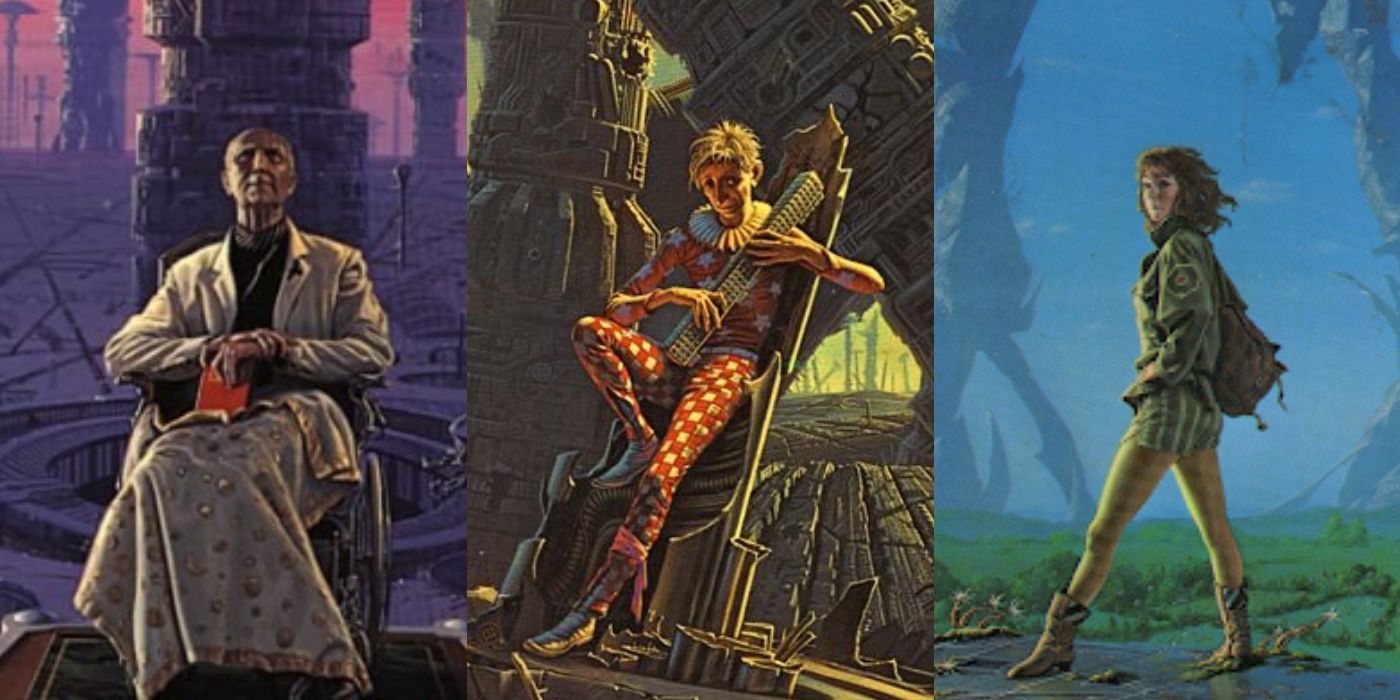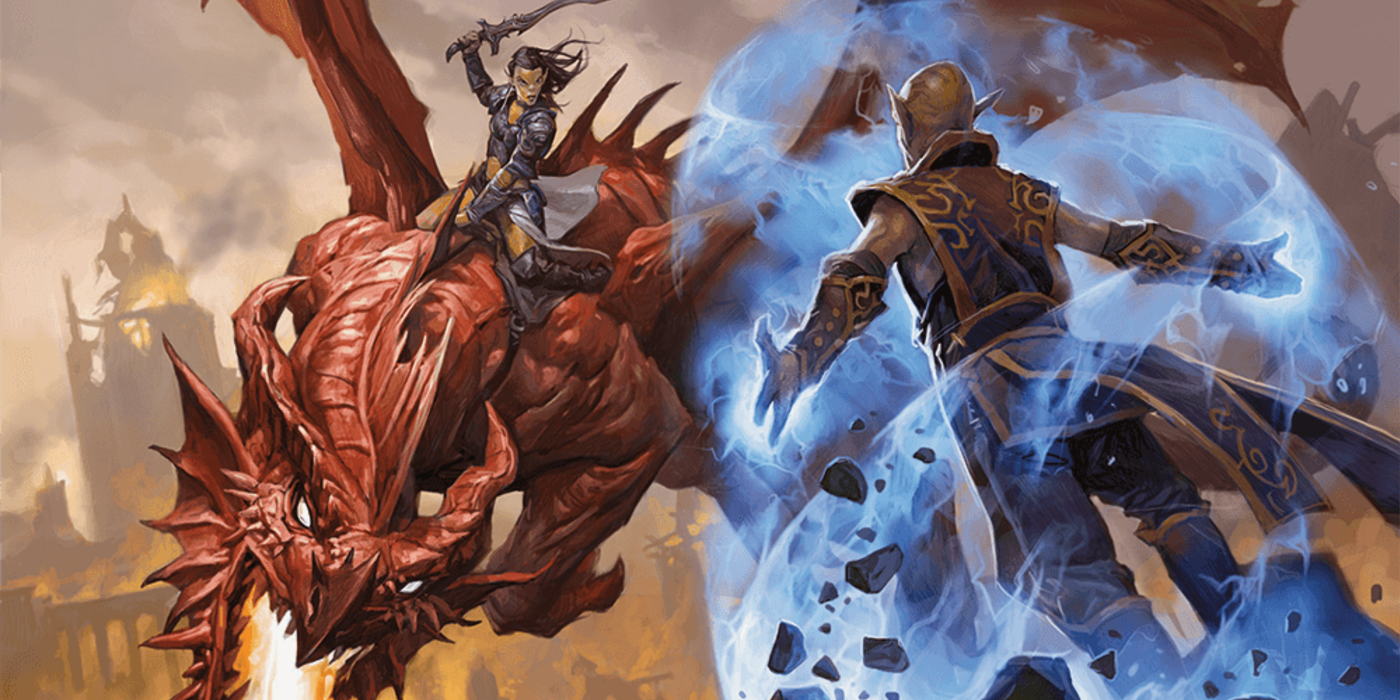At first glance Isaac Asimov’s hard sci-fi and Dungeons and Dragons' pulpy fantasy seem like they would combine about as well as oil and water, but once players peel back the layers of the world’s greatest roleplaying game, an Asimov fan can find quite a lot there to enjoy. Much of this is due to the more incongruous fringes of the D&D lore as well as the variety of official Dungeons & Dragons settings that a campaign can take place in. Flying to the stars on an astral airship is never totally out of the question in any given game.
Isaac Asimov is known for his genre-defining works of science fiction. He developed the famous Three Laws of Robotics, as well as how to get around them, and penned visions of the future beyond what today's humans could ever hope to see in their lifetimes. It is quite hard to overstate how much this man has contributed to the collective imagination of the world, and it is by reintroducing a little bit of this foundation back into the elements of Dungeons and Dragons that were, knowingly or not, influenced by it, players can end up with something that any fan of his work would be happy to experience.
Warforged are the obvious D&D race choice for the character of any player that would want to emulate some of Asimov’s works. These magical automatons are ripe for thematic backstories thanks to the unique lore that surrounds them in the world of Eberron where they originate from. The Warforged were never meant to be in the position they are in Eberron - Rising from the Last War. As the moniker would insinuate, they were forged for war, to be mindless expendable soldiers in a century-long conflict. This purpose was strained when they gained sentience and shattered when the war came to a close. Not only could this story of an entire fledgling race of now aimless AI create an immense amount of character conflict for a player, but it also has more than enough narrative weight to carry an entire Dungeons & Dragons campaign.
Eberron & The Forgotten Realms Are Great For Asimov Fans
The land of Eberron itself also plays into a lot of the themes that Asimov wrote about. It is a land defined by technological advancement, and this sets it apart from many of the other official D&D settings. Using the storyline of a Dungeons & Dragons campaign to take this focus and refine it to look at the consequences the existence of such an advanced land would have on the world at large would allow players to explore these kinds of ideas.
As far as strange lore goes in the Forgotten Realms, the Githyanki and Githzerai have some of the weirdest in D&D. Not only are they not native to the Material Plane, but they were also originally slaves to the illithids, or Mindflayers, who may or may not be from an entirely different universe, or even time. After revolting against their captors, they made their homes in the otherworldly Outer Planes and used specialized ships to roam that space. This very strange status quo and history puts the Gith races in a unique position to be used for a kind of spacefaring D&D campaign. Given that the Githyanki in particular have both these airships that travel through the Astral Plane and a culture described as being in decline in Mordenkainen’s Tome of Foes, a storyline taking cues from Asimov’s Foundation trilogy would be more than possible.
In the endless world of a tabletop RPGs like Dungeons & Dragons, ideas like these are just the tip of the iceberg. Even if the setting may seem antithetical to the use of a creative concept at first, all it takes is a little bit of imagination to get it to fit right in. Isaac Asimov knew the potential of this perfectly well, for what should be more polar opposite than man and machine?


